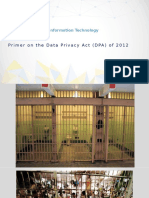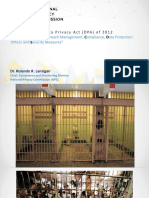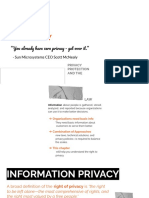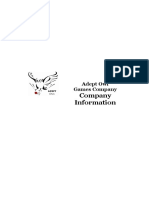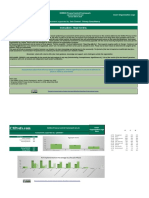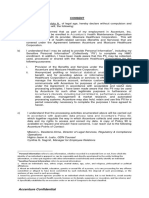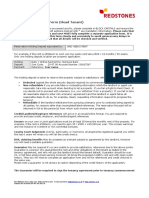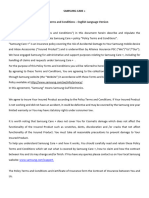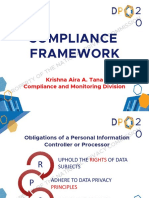0% found this document useful (0 votes)
16 views5 pagesBasic Data Privacy Concepts QA
The document provides an overview of essential data privacy concepts, including definitions of data privacy, PII, and various privacy laws such as GDPR and CCPA. It discusses practices like data anonymization, consent, and data minimization, as well as the roles of data privacy officers and privacy policies. Additionally, it highlights the importance of protecting personal information from unauthorized access and the implications of data breaches and profiling.
Uploaded by
shresthguptaCopyright
© © All Rights Reserved
We take content rights seriously. If you suspect this is your content, claim it here.
Available Formats
Download as PDF, TXT or read online on Scribd
0% found this document useful (0 votes)
16 views5 pagesBasic Data Privacy Concepts QA
The document provides an overview of essential data privacy concepts, including definitions of data privacy, PII, and various privacy laws such as GDPR and CCPA. It discusses practices like data anonymization, consent, and data minimization, as well as the roles of data privacy officers and privacy policies. Additionally, it highlights the importance of protecting personal information from unauthorized access and the implications of data breaches and profiling.
Uploaded by
shresthguptaCopyright
© © All Rights Reserved
We take content rights seriously. If you suspect this is your content, claim it here.
Available Formats
Download as PDF, TXT or read online on Scribd
/ 5




















